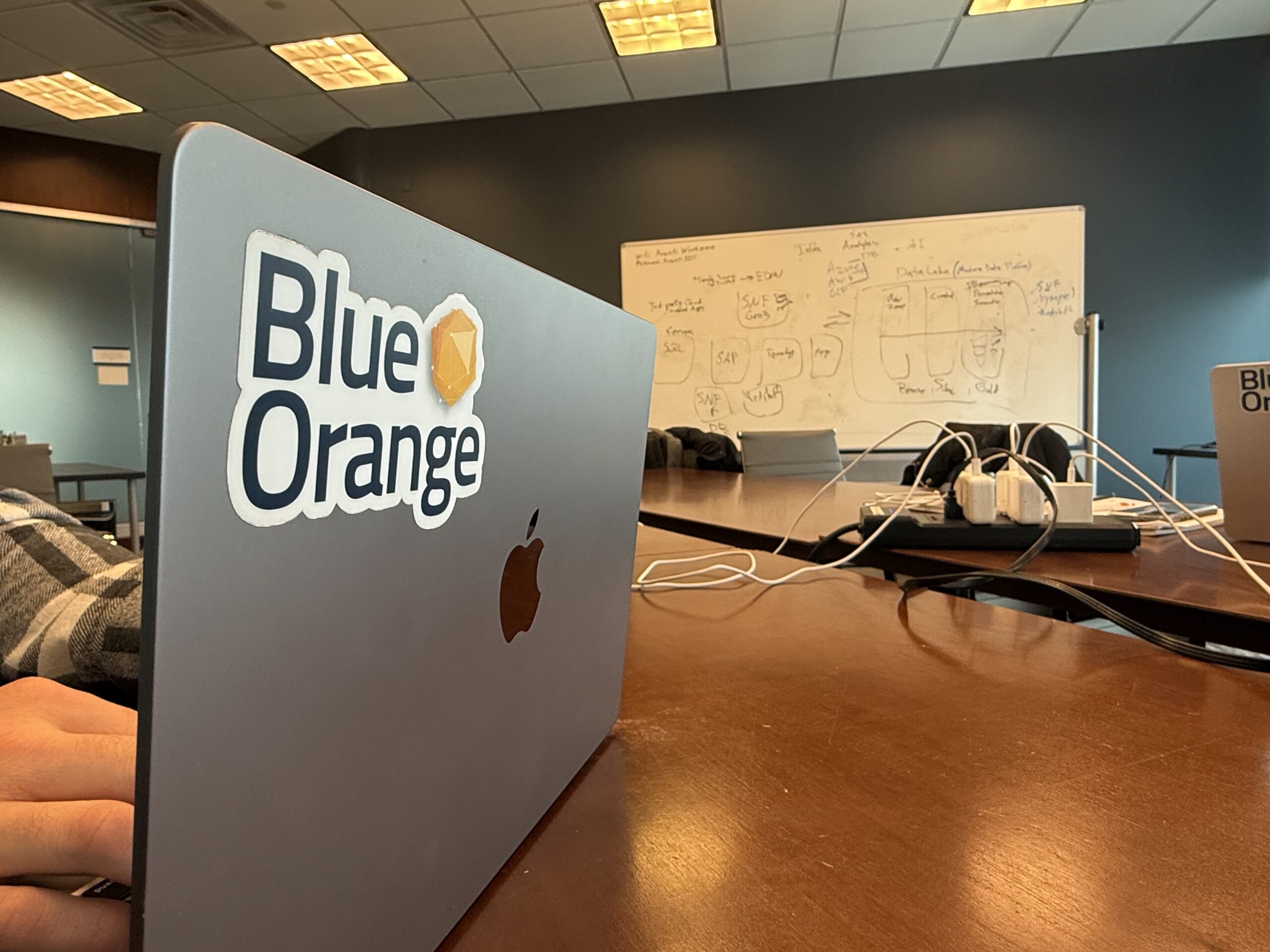AI In The Shipping Industry

Artificial Intelligence has been re-shaping the world as we know it. Not in the way that we saw in the famous movie the Terminator (SkyNet is not going to take over your phone) but it has transformed our everyday lives by improving processes that we perform regularly. The same holds true for the shipping industry. AI has enabled the implementation of IoT devices that gather information that the AI can learn from, improve upon, and make automated decisions. Automation may be the biggest and most beneficial way AI is used in shipping because it enables anomaly detection, reduction in waste, improved quality control, and decreased shipping times. The combination of IoT devices and AI has brought unparalleled improvements to quality control, fuel consumption, and safety.
One example of how AI is aiding the shipping industry is how it improves quality control. With the installation of cameras and IoT devices in cargo containers shipping companies can monitor the environment of goods to prevent damage and spoiling. This is very prevalent in the food transport industry. AI monitors data received from cameras and IoT devices about data points such as temperature, humidity, shock(fall), light exposure, and even vibration. This provides a richer bank of information on the quality of goods not only at the beginning and end of transport but during. Through automated alerts and solution suggestions shipping companies can adjust containers to remedy problems in real-time and prevent the waste or degradation of goods.
Artificial Intelligence is also allowing shipping companies to manage their fuel consumption and utilize the most efficient shipping routes. The accurate monitoring of how fuel is being used leads to a reduction in fuel spend and brings environmental benefits by decreasing emissions. AI is also being used to improve the physical routes that shipping companies take. Based on historical data on weather patterns like water and wind currents, traffic through certain areas and ports; shipping companies can plan routes that leverage all of this information to reduce fuel consumption and reduce trip times.
Lastly, AI can be used to improve safety by monitoring ship systems and the environment around the ship. An example is a ship image recognition system being developed by tech company SenseTime and Japanese shipping firm Mitsui OSK Lines (MOL). They are developing an image recognition system to identify ships in the surrounding area and monitor shipping lanes. This makes transport within bays, from entering to departing ports, much safer, not only for your ship but the surrounding ships as well.
The advent of cheaper and faster computing power, combined with the improvements in the accuracy and efficiency of AI models has brought about a lot of improvements to the shipping industry. Reduction in waste, efficient fuel consumption, and improved safety features are just a few of the ways the shipping industry is becoming faster, safer, and more efficient in the present and future.
Image Credit: Intel


